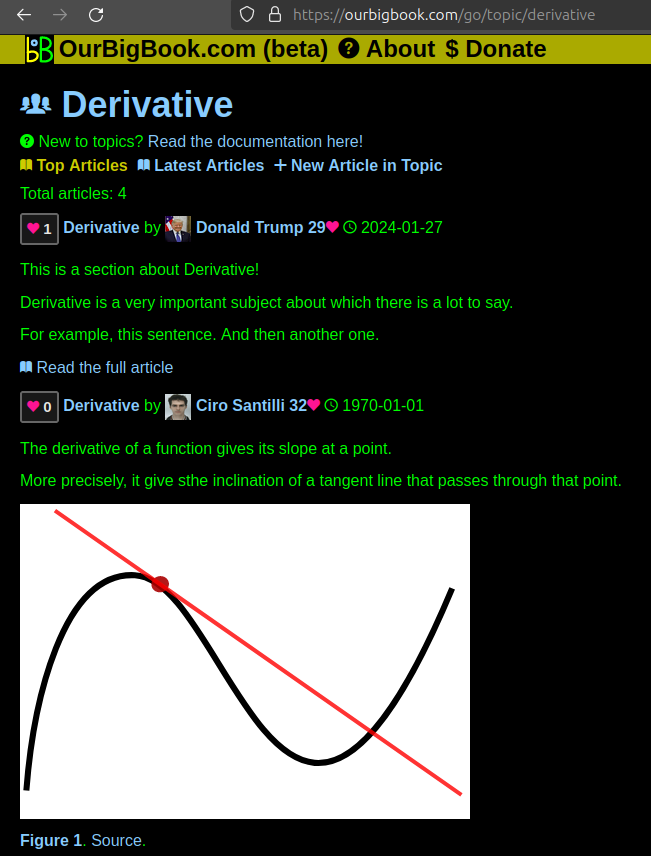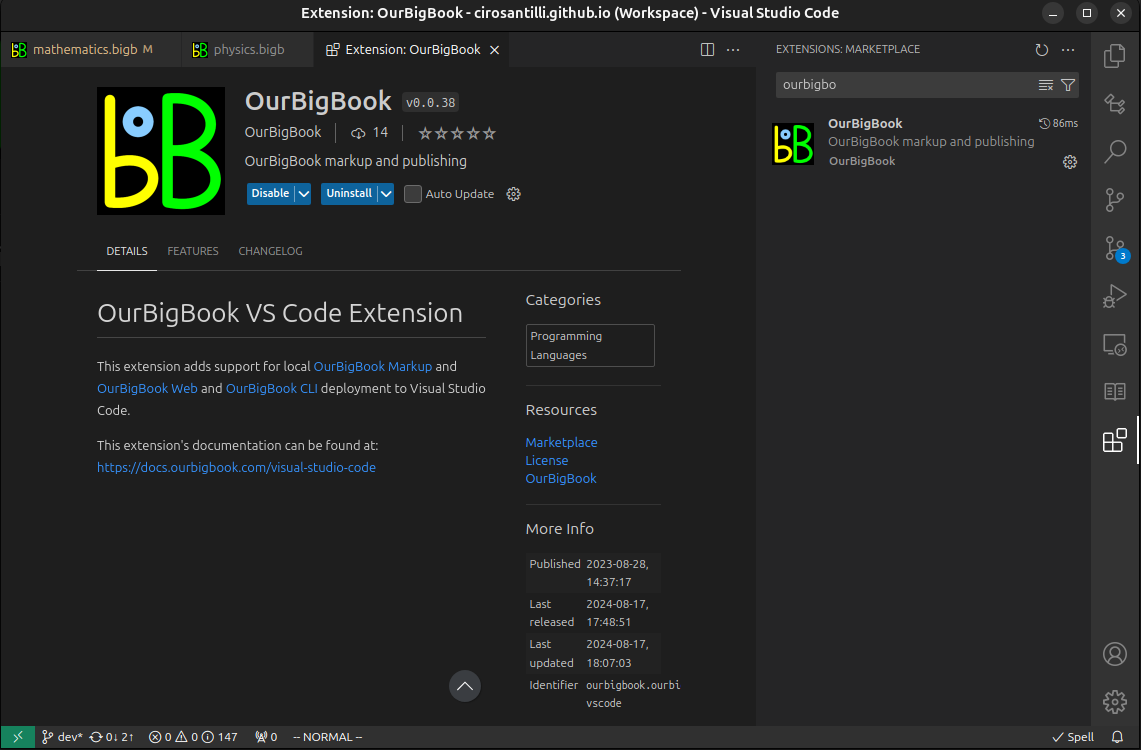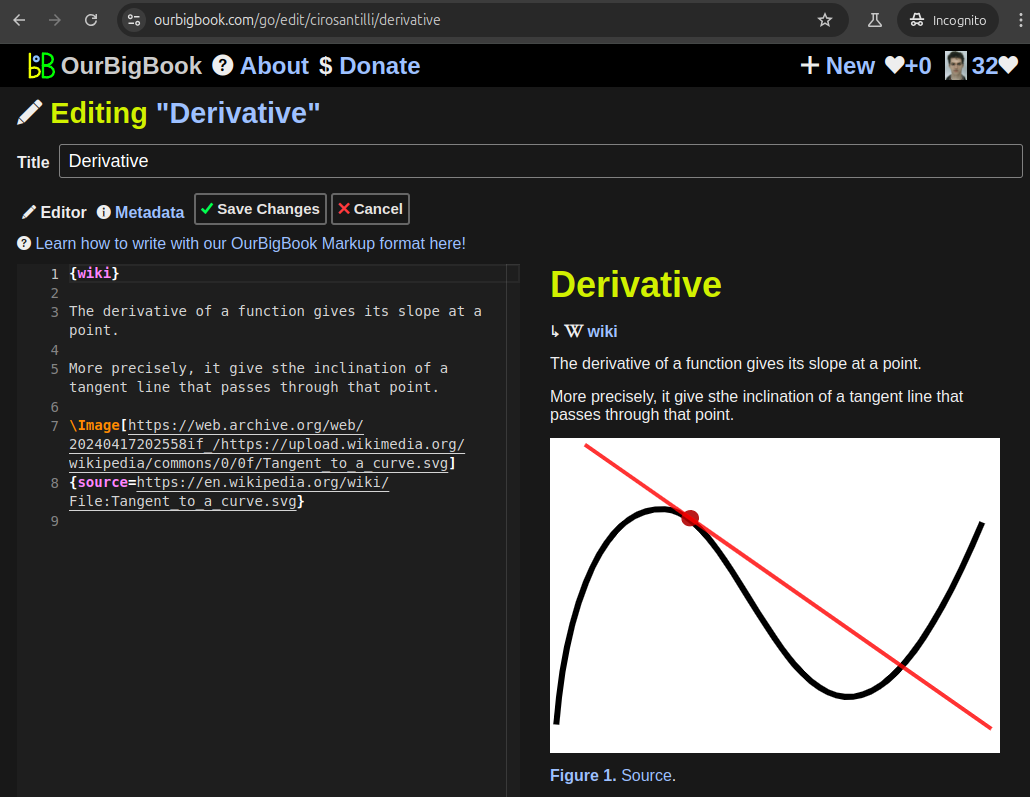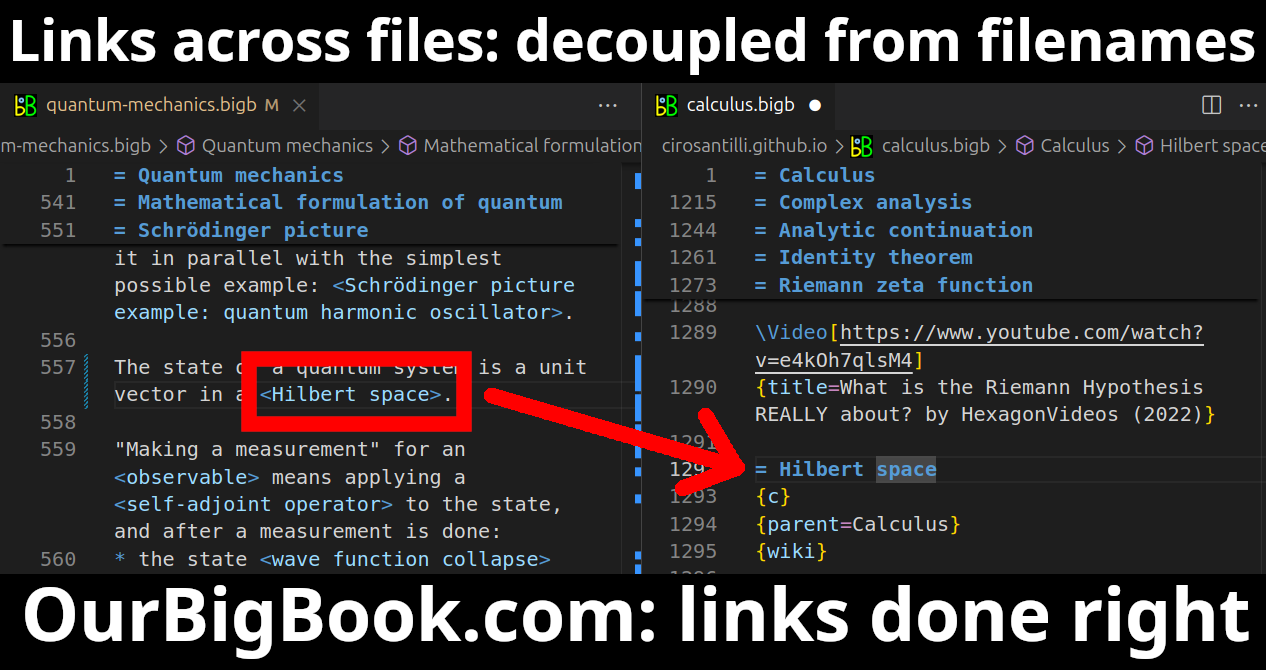Terminology refers to the system of terms and expressions used in a particular domain, field, or subject. It encompasses the specific vocabulary and language that is unique to a professional, academic, or technical area. Terminology plays a crucial role in ensuring clear communication and understanding among individuals who specialize in the same field. For example, in medicine, terms like "cardiology," "hypertension," and "diagnosis" have specific meanings that are understood by healthcare professionals.
A Fully Polynomial-Time Approximation Scheme (FPTAS) is a type of algorithm used in the field of computational complexity and optimization. It provides a way to find approximate solutions to optimization problems when finding exact solutions may be computationally expensive or infeasible. ### Key Characteristics of FPTAS: 1. **Approximation Guarantee**: An FPTAS will produce a solution that is guaranteed to be within a specified factor of the optimal solution.
Mischa Cotlar is a notable mathematician, particularly recognized for his contributions to functional analysis, harmonic analysis, and the theory of oscillatory integrals. He has published various research papers and has been involved in academic activities within the mathematical community. Cotlar is also known for the Cotlar-Stein lemma, which is significant in the field of harmonic analysis.
Michael Rapaport is an American actor, comedian, and podcast host known for his work in film and television. He has appeared in various movies including "Higher Learning," "Beautiful Girls," and "The Heat," as well as television series like "Friends," where he played Paul Rudd's character's roommate, and "Atypical," a Netflix series.
Rebeca Guber may refer to a specific individual, but without more context, it's unclear who you are referring to. If you are looking for information about a particular person named Rebeca Guber, or if she is related to a specific field (such as academia, arts, or business), please provide more details or context.
"Argentine women physicists" refers to female physicists who are from Argentina or have made significant contributions to the field of physics while being associated with Argentina. The involvement of women in physics in Argentina has been growing, with many women contributing to various subfields of physics such as theoretical physics, experimental physics, astrophysics, and more. Historically, like in many countries, the field of physics in Argentina, as elsewhere, has been male-dominated.
Abraham Skorka is an Argentine rabbi, scholar, and author, known for his interfaith dialogue and work in Jewish education. He has served as the rector of the Latin American Rabbinical Seminary and is recognized for his efforts to promote understanding between Judaism and other faiths, particularly Christianity. Skorka is also known for his friendship with Pope Francis, which has fostered collaboration and dialogue between the Jewish and Catholic communities.
The Language of Thought Hypothesis (LoTH), proposed by philosopher and cognitive scientist Jerry Fodor in the 1970s, posits that thought processes take place in a mental language, often referred to as "Mentalese." According to this hypothesis, the structures and processes of human thought are akin to a language, where mental representations share some features with linguistic expressions.
Jakob Stix does not appear to correspond to a widely recognized public figure, concept, or term as of my last knowledge update in October 2023. It’s possible that Jakob Stix could be a person who gained prominence after that date or it might refer to something very niche or specific.
Joseph H. Silverman is a prominent mathematician known for his work in number theory, particularly in the area of elliptic curves and arithmetic geometry. He has authored several influential books and research papers in mathematics, making significant contributions to the understanding of these topics. His works are often used as textbooks in graduate courses and are widely cited in the mathematical community. Silverman is associated with Brown University, where he has taught and conducted research.
The term "caterpillar tree" can refer to a few different things, depending on the context. It could be: 1. **Botanical Term**: In some regions, "caterpillar tree" may refer to specific tree species that have a unique relationship with caterpillars, perhaps providing habitat or being associated with particular types of caterpillars.
Wiesława Nizioł is a Polish author known for her contributions to literature, particularly in the genres of poetry and prose. She may not be widely recognized compared to some mainstream authors, but she has a presence in the literary community.
Xinyi Yuan, also known as the "New Thought" or "New Mind," is a term that refers to a movement within the realm of Chinese philosophy and spirituality that emphasizes modern interpretations of traditional Chinese values, often integrating concepts from Western thought and modern psychology. It seeks to adapt ancient Chinese wisdom to contemporary issues and contexts.
Hovhannes Imastaser, also known as John the Scholar, was an influential Armenian theologian, philosopher, and writer who lived in the 7th century. He is best known for his contributions to Armenian literature and theology, particularly his role in the development of the Armenian Apostolic Church's intellectual tradition. Imastaser is often recognized for his works that address theological topics, philosophy, and education.
"Soirées musicales" is a term that can refer to various musical gatherings or events featuring performances ranging from classical to contemporary music, often held in more informal or intimate settings. However, in a more specific context, "Soirées musicales" might also refer to a well-known series of compositions by the Italian composer Mauro Giuliani.
"Artillery" generally refers to large-caliber guns used in warfare on land and is a crucial component of military operations worldwide. When discussing artillery by country, we can look at various aspects, including the types of artillery used, the production capabilities, and the historical context of their artillery forces. Here is an overview of artillery by some notable countries: ### United States - **Types**: The U.S.
Characteristic energy typically refers to a specific energy level or quantum energy associated with a physical system, particularly in fields like atomic physics, molecular physics, and solid-state physics. The term can have different meanings depending on the context in which it is used. Here are a few interpretations: 1. **Atomic and Molecular Physics**: In the context of atoms or molecules, characteristic energy might refer to discrete energy levels that electrons can occupy.
Asphaltite, also known as tile or hard asphalt, is a naturally occurring solid form of bitumen. It is a type of asphalt that is characterized by a high carbon content and low volatile matter. Asphaltite typically forms at the surface of the earth through the gradual degradation of organic materials over long periods, often associated with the influence of heat and pressure.
Tarmacadam, commonly referred to simply as "tarmac," is a type of road surface that consists of a mixture of crushed stone (aggregates), sand, and a binder, typically bitumen. The term originated from a process developed by the Scottish engineer John Loudon McAdam in the early 19th century, which involved spreading small stones into a binding surface to create a hard, durable road.
Pinned article: Introduction to the OurBigBook Project
Welcome to the OurBigBook Project! Our goal is to create the perfect publishing platform for STEM subjects, and get university-level students to write the best free STEM tutorials ever.
Everyone is welcome to create an account and play with the site: ourbigbook.com/go/register. We belive that students themselves can write amazing tutorials, but teachers are welcome too. You can write about anything you want, it doesn't have to be STEM or even educational. Silly test content is very welcome and you won't be penalized in any way. Just keep it legal!
Intro to OurBigBook
. Source. We have two killer features:
- topics: topics group articles by different users with the same title, e.g. here is the topic for the "Fundamental Theorem of Calculus" ourbigbook.com/go/topic/fundamental-theorem-of-calculusArticles of different users are sorted by upvote within each article page. This feature is a bit like:
- a Wikipedia where each user can have their own version of each article
- a Q&A website like Stack Overflow, where multiple people can give their views on a given topic, and the best ones are sorted by upvote. Except you don't need to wait for someone to ask first, and any topic goes, no matter how narrow or broad
This feature makes it possible for readers to find better explanations of any topic created by other writers. And it allows writers to create an explanation in a place that readers might actually find it.Figure 1. Screenshot of the "Derivative" topic page. View it live at: ourbigbook.com/go/topic/derivativeVideo 2. OurBigBook Web topics demo. Source. - local editing: you can store all your personal knowledge base content locally in a plaintext markup format that can be edited locally and published either:This way you can be sure that even if OurBigBook.com were to go down one day (which we have no plans to do as it is quite cheap to host!), your content will still be perfectly readable as a static site.
- to OurBigBook.com to get awesome multi-user features like topics and likes
- as HTML files to a static website, which you can host yourself for free on many external providers like GitHub Pages, and remain in full control
Figure 3. Visual Studio Code extension installation.Figure 4. Visual Studio Code extension tree navigation.Figure 5. Web editor. You can also edit articles on the Web editor without installing anything locally.Video 3. Edit locally and publish demo. Source. This shows editing OurBigBook Markup and publishing it using the Visual Studio Code extension.Video 4. OurBigBook Visual Studio Code extension editing and navigation demo. Source. - Infinitely deep tables of contents:
All our software is open source and hosted at: github.com/ourbigbook/ourbigbook
Further documentation can be found at: docs.ourbigbook.com
Feel free to reach our to us for any help or suggestions: docs.ourbigbook.com/#contact






